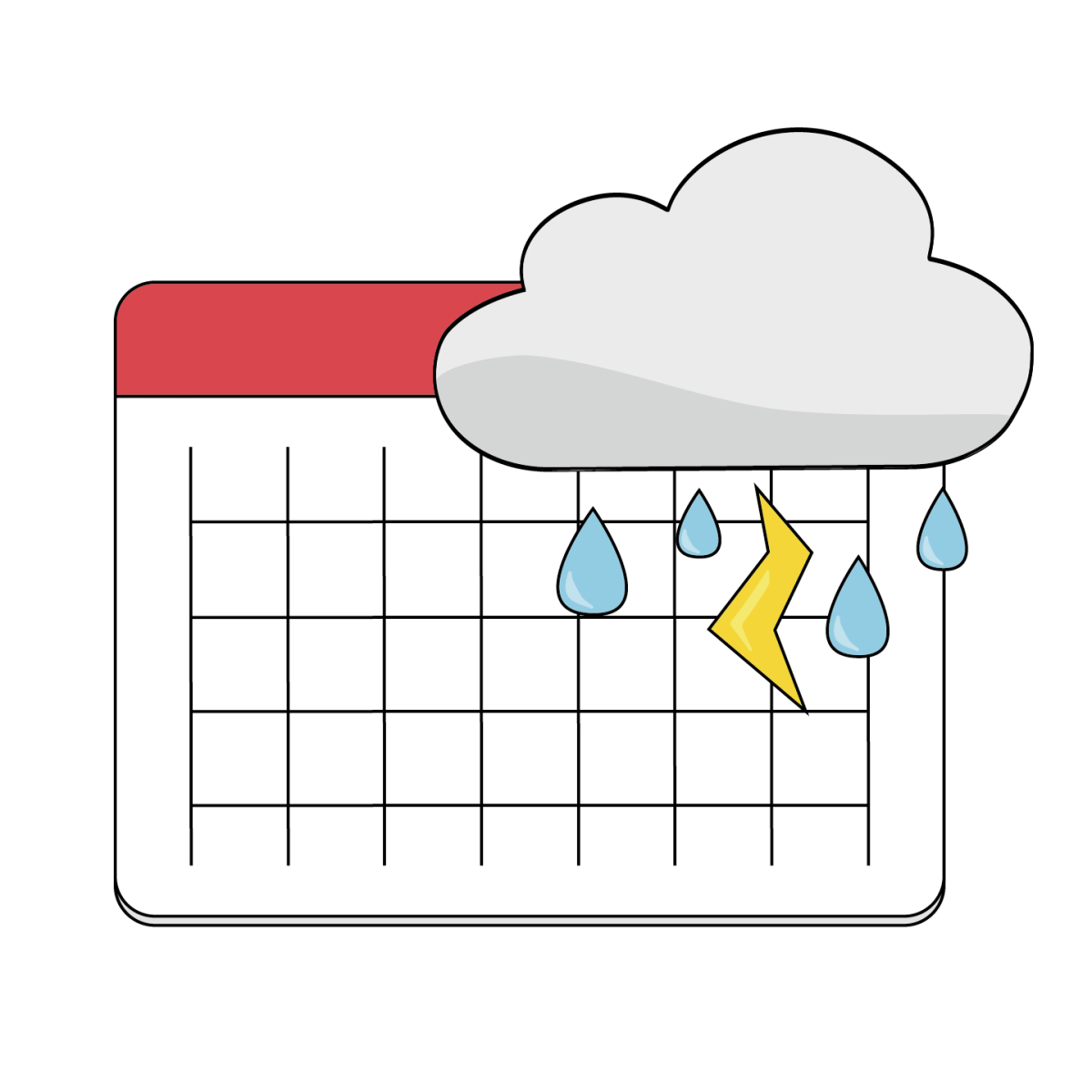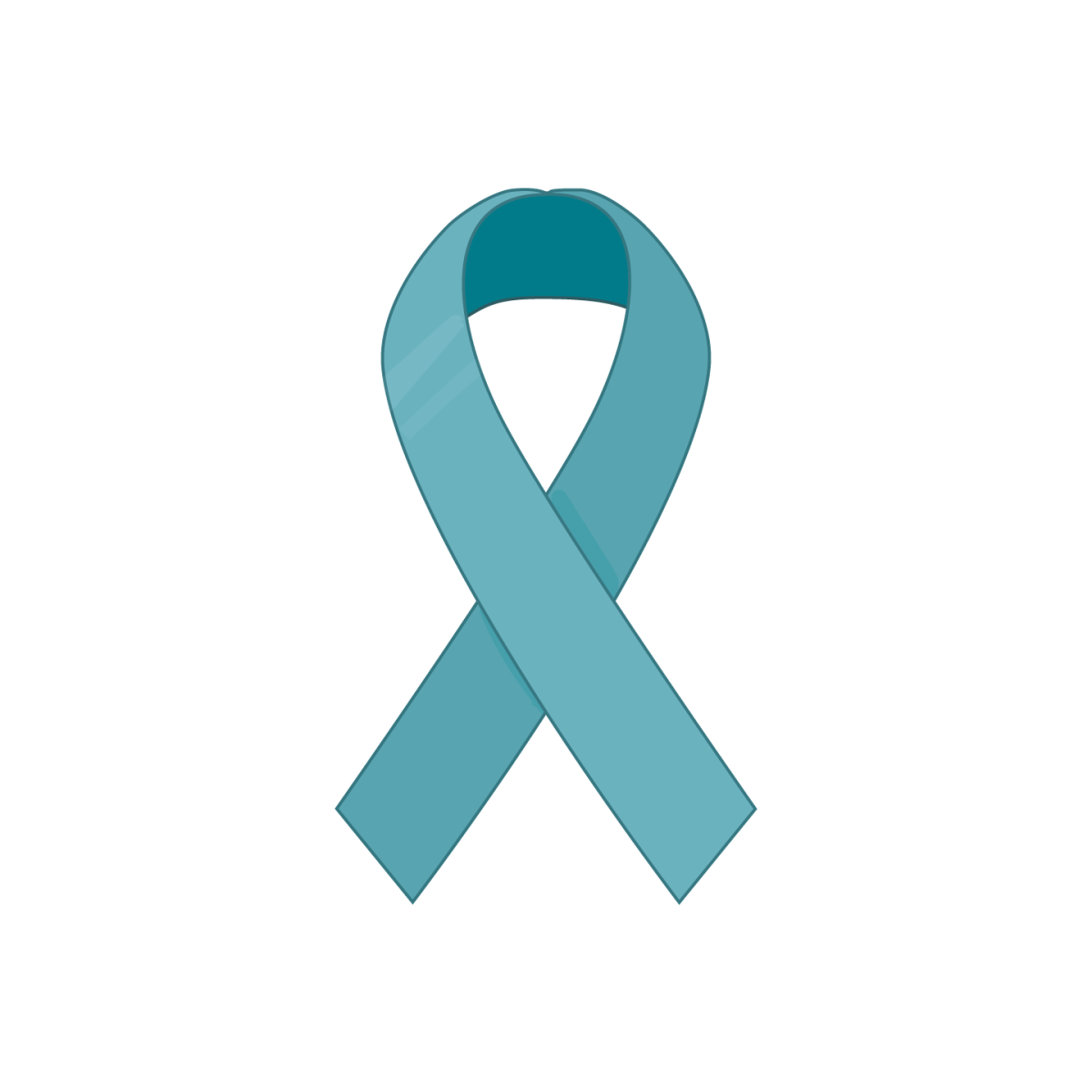“-De la sangre,” I say. “No, no. Tension de la circulacion,” she responds. “Alto y bajo.”
So often I find myself at a loss for words. I’ve worked with patients at La ClA-nica for a number of months nowA–since May 2005-and still I find myself without the vocabulary I need to respond to a patient’s needs. When I’m taking the blood pressure of an older woman, I know what I’m doing, just not always the words to describe it.
La ClA-nica serves a local, mostly Mexican, population of St. Louis, made up of people with little or no health coverage. The clinic offers services at little or no cost because nearly all of its nurses, doctors, receptionists and assistants are volunteers. All of the patients at La ClA-nica speak Spanish as their native language; very few speak any English at all-that’s why they come to the clinic.
If you are sick, it’s easier to describe your sickness in your own language. Patients are more comfortable when they know just the right word-the vocabulary of senses (sharp, biting, pointed, gnawing, pounding) seems boundless. Patients can receive the best treatment when the doctor is Hispanic, too, and understands their condition on a cultural level.
I self-consciously stutter every time I must say “Repeta, por favor,” or can’t remember the right words for what I want to reply. A feeling of guilt accompanies my delayed speech. Often, I must ask patients to explain exactly what that food or holiday or place is. Spanish life, like Spanish language, is foreign to me-my family is Czech and lives in Minnesota, as far from any Spanish-speaking country as we could be.
Patients and I speak in paraphrases and synonyms so that I follow. (I wonder though: Even if we spoke in English, could I completely understand their condition?) But because I help sick people who may not be able to afford an appointment elsewhere, they complain little and forgive an occasional lingual mishap. “SangrA-a?-No, no. Sangre.”
Usually my responsibilities consist of taking vitals-blood pressure, height, weight, temperature-and conducting interviews in Spanish: For what did you come to the clinic today? How much does it hurt? When did you notice it? Many of the doctors speak little or no Spanish, and I sometimes must translate for them. “Take those for two to three days, twice a day, then take only one for the rest of the month” is easier to communicate between patient and doctor, I’ve noticed, than “That hurts right there, yep, a lot, and-ouch! “
Because it’s just us-the patient and me-talking to each other in a closed room (usually with a doctor), the patient and I get to know each other. I work one-on-one and face-to-face with those who come to the clinic. Patients are persons. I must communicate with each person on a very individual level. We talk about how do you feel, and when was the last time you came to see a doctor? What you do during the day, and where in Mexico are you from? Do you miss your family?
“AquA- no es ‘vale, vale,'” says a middle-aged man, who works 6 a.m. to 9 p.m., depending on the weather, laying grass for a landscaping company, and who left Mexico during his third year of medical studies to come to the United States. “Digamos ‘bueno’ en Mexico.” Between this man and me, the culture barrier is more than lingual. I speak Spanish-class Castellano (formal Spanish from Spain) and this man speaks Mexican Spanish. Though, regardless of language, I do not-and cannot-understand his life.
A nurse asks another nurse about a patient who believes that a red spot on his leg will affect his ability to have kids. The second nurse replies, “He doesn’t know any better.” I easily forget how singular my associations are, how much I’ve learned from books in school, that my knowledge of medicine comes from the culture of academia and American folklore (swallowed gum doesn’t ever digest?).
What if I’d never been told that the red spot was ringworm? Ringworm disappears with an anti-fungal cream and is not in any way related to fertility-that’s what I have learned. And that is what the doctor tells me to translate to the man. When I speak to the man, though, he cannot tell me why the red spot signifies impotence; he only says that someone told him that it does. How do I explain that someone else told me something different?
I notice that I ask a lot of questions. I can’t help it-there is a lot that I don’t know. One thing I have learned, however: Every person comes to La ClA-nica for the same reason. Every patient has a body, and that body has needs.
At La ClA-nica, I have been confronted with this sameness of all persons, regardless of race, nationality, language or class. Pain is the same in English or Spanish, whether or not you can afford to treat it. I can’t remember the word for “stings,” but I can see it on a patient’s face. I know that look, I think, because I’ve felt it too. A body, most basically, transcends culture. A body is necessary, tangible and ubiquitous-at very least, I understand this. It’s of our blood. We have the same life in our blood.
A patient tells me that while I am learning Spanish, I must also be learning the language of the human body. Isn’t this hard, he asks, learning two things at once? I blank on the word for ‘difficult,’ so I work around it: ‘el antonimo de fA?cil.’ He laughs and gives me the name of a Spanish periodical they distribute down the street. It’d help, he says. I laugh a lot with my patients-usually at my choice of words (or lack thereof). And, when we connect for that moment, we stop talking about his pain-and, at best, feel better.
Matthew Rysavy is a senior in Parks College of Engineering, Aviation and Technology





